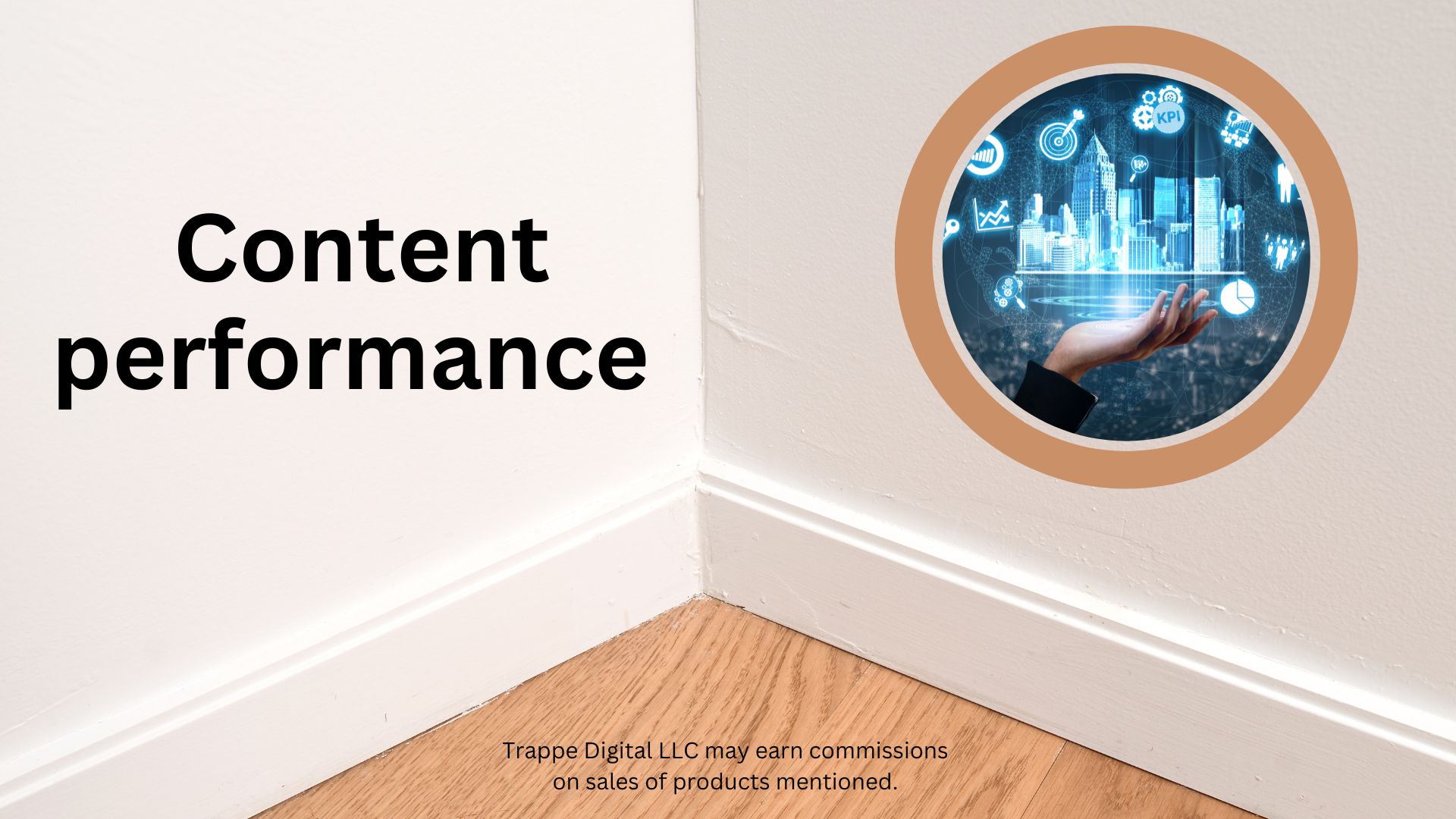Trappe Digital LLC may earn commission from product clicks and purchases. Rest assured, opinions are mine or of the article’s author.
You’ve probably heard the discussions before about what is quality content and what level of content velocity is necessary to achieve results.
This also includes the quantity of content versus quality of content discussion. Some people say they are opposites of the spectrum. But is it one against the other, or are they more interrelated? Of course, who doesn’t want to create quality content? I know I do.
But does the amount of content I make play a role? I think so, and best-selling author James Clear in “Atomic Habits” actually shares a study that proves the point.
Two groups tried to take photos, but:
- One group was told to shoot as many photos as possible.
- The other one was asked to just come back with one, but that it should be perfect.
James said that the group that shot more pictures actually ended up with a photo that was way closer to perfect than what the second group came up with. He reported that the people who took more pictures also experimented more. And that led to better output and quality – not necessarily because that’s what they were going for, but since they tried more things, they ended up there.
In this article, I discuss the following:
- Why is there a debate over quantity vs. quality
- What is quality content?
- What’s content velocity, and why does it matter?
- How do you still evaluate quality content?
Why debate quantity vs. quality?
I think this debate comes back to looking for clear-cut answers. It’s easy to think that every question should have one answer – especially when the apparent answers could be seen as opposites.
And it does make sense that people want to discuss quantity vs. quality and not “what quantity of content do I need to produce to quality content?”
What is quality content?
Content quality is in the eye of the beholder – and that should be the audience. Does your content resonate with them? Is it being consumed, do they return, do they share it, and at the end of the day, is it positively impacting business?
That doesn’t mean it always leads to direct conversions, but it’s affecting buyers’ attitudes and willingness to work with you.
Read next: Round and round we go: Why Full-Circle Marketing is Key
What’s content velocity?
Content velocity is the amount of content a site produces. For example, Crystal Carter said on the “SERP’s Up” podcast that niche sites often rely on publishing a good amount of content as part of their growth strategies. As a former journalist and somebody who has seen the growth potential the right strategic content velocity has, I’m a fan of publishing the right content at the right regular intervals and as different content assets (i.e., blog posts, YouTube Shorts, livestreams, etc.)
Strategies to increase content velocity
But what is the correct quantity? How much content do we need to create to get good quality?
The answer depends on the team, the goals, and what channels need to be included in the overarching content strategy.
Let’s say there’s one content creator who can create livestreams and turn them into a podcast and an article. In addition, the creator also updates existing content as time permits. A schedule might look like this:
Monday: Book podcast guests, do keyword research for content that needs to be created and for content that needs to be updated, and do editorial planning.
Tuesday: Livestream production, podcast editing as necessary, and other related tasks.
Wednesday/Thursday: Writing
Friday: Publishing of different content types, distribution, and related tasks.
This is just a rough draft; some tasks may take more or less time than outlined here. For example, an article might be done quicker or take longer depending on the available source materials, topic and channels.
The key here is to make it a habit to create content. The more we do it, the better we get at it and the more likely we are to create quality content.
How to measure content velocity and its success
Some of the pieces that make quality content certainly include proper grammar and usage of words. But we also need to evaluate the following:
- How does this fit into our strategy?
- Is it of interest to the people we are trying to reach?
- Do we have a unique story to share?
- Are we targeting the right keywords – aka, are we using the language of our audiences?
There certainly is a foundation of quality content: Any editor should be able to see when a piece of content doesn’t make sense or has apparent mistakes. But, at the end of the day, outside factors decide whether something is quality content or not, and that can come back to:
- Are people even seeing the content – is it optimized for algorithms? For example, I’ve had some success lately with YouTube Shorts because the videos I create align with what they should be.
- Do people look at the content when they see it or do they just quickly scroll by it?
- Can they find it?
- Once they have found it, are they engaging with it?
All these are signs of quality content. Findability, consumption, and engagement all matter and can decide whether something is of high quality to the audience or not.
Reaching the right people
Remember that high-quality content served to the wrong audience might be classified as low-quality content, but the audience targeting was just wrong. That can happen too.
Read next: Why a content creation strategy must include getting on a blogging schedule
At the end of the day, it’s not about quantity vs. quality when it comes to creating quality content. It’s about finding a good rhythm of creation, experimentation, and creativity to see what works and what doesn’t.

